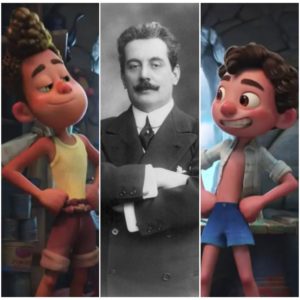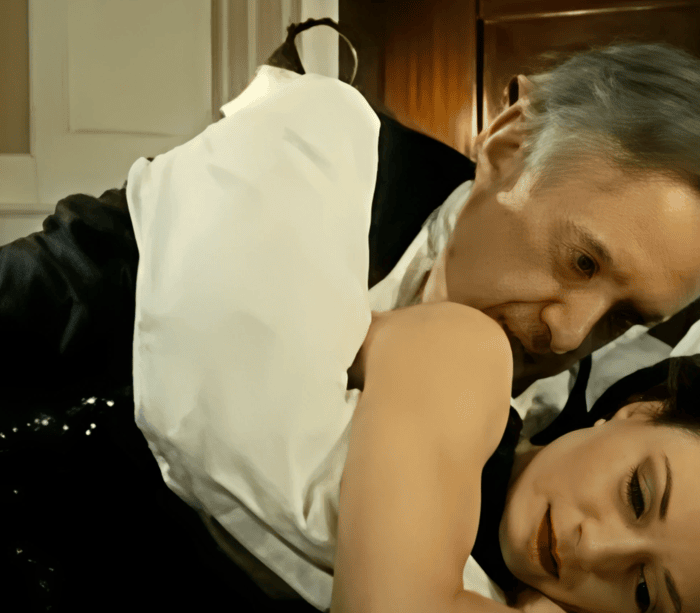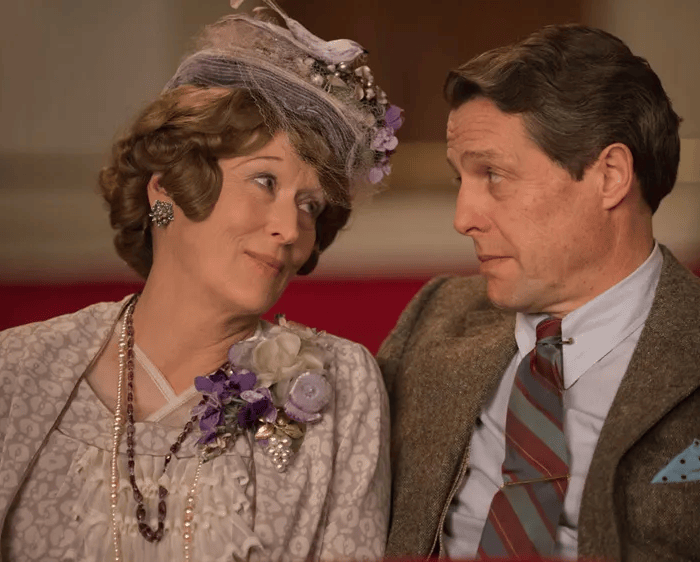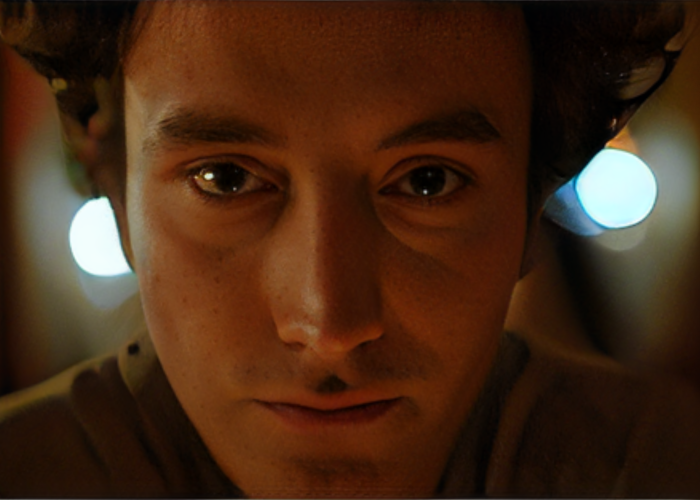
Opera Meets Film: How ‘O Mio Babbino Caro’ Explores Theme & Tone in Pixar’s ‘Luca’
By David Salazar“Opera Meets Film” is a feature dedicated to exploring the way that opera has been employed in cinema. We will select a section or a film in its entirety, highlighting the impact that utilizing the operatic form or sections from an opera can alter our perception of a film that we are viewing. This week’s installment features Pixar’s “Luca.”
Pixar’s “Luca” is full of famed Italian selections and even some choice operatic excerpts. How can it not? Set in a fictional Italy, there is no doubt that the creators would turn to music to create the local color and sense of immersion.
But at the core of the soundtrack is a recording of “O mio babbino caro” featuring none other than Maria Callas.
The recording shows up right at the beginning of the film as two fishermen listen to the aria on a gramophone in the dead of night. A “monster (who we later learn is Alberto)” “attacks them,” knocking the recording into the depths of the ocean. At first, the music is little more than background music as Alberto steals some items from the fisherman and they make attempts at capturing him.
But at the climax of the scene, Alberto jumps up out of the water, the camera capturing the motion in slow motion, knocking the gramophone player into the ocean as the scene, and the aria, comes to a close.
The gramophone sinks to the bottom of the ocean where we are introduced to our titular main character, Luca, who eventually finds the gramophone, and Alberto. Alberto steals the gramophone and takes it to the top of the ocean, leading Luca out from under the sea, challenging him to accept the fact that he can transform into a human.
Luca then heads to Alberto’s hideout where he finds the gramophone and “fixes” it, thus completing the recording’s arc.
So what is that arc and what does it mean to the story?
Let’s look at the aria within the context of the story before extrapolating to its intertextual meaning. The gramophone essentially plays like an inciting incident for Luca, bringing him and Alberto together and linking them for a major part of their early scenes together. Alberto opens up Luca to the reality of expressing himself as a human and the music, gramophone, which literally is a means toward musical / creative expression, is the first success Luca has in the world as a human.
But what’s more, Alberto states that the gramophone belongs to him and is thus an extension of him in this context. When Luca fixes the gramophone, the film is expressing how the two complement one another, and as the film develops we will see the ups and downs of this relationship, and how they ultimately (with some reversals) lift one another up. Throughout the film, the two will “fix” the other during low points; Alberto teaches Luca how to silence the voice in his head when facing his fear, while Luca, after hurting Alberto, ultimately exposes his own identity to the world to protect and save his best friend’s life. And when all is said and done, the two win the big race together, as a team. As such, the film, which centers on the theme of how underwater creatures can co-exist, and even be one, with their terrestrial counterparts, also plays up the symbiotic relationship between two people who are meant to be together and apart at the same time.
This brings us to the intertext of “O mio babbino caro.” The iconic aria originates from “Gianni Schicchi” and specifically at a major turning point when Lauretta begs her father to help out the Donati family.
Lauretta tells her father she wishes to go to Porta Rossa to get a ring and then threatens to throw herself into the Arno at Ponte Vecchio. She concludes the aria by proclaiming that she wishes to die.
“Luca” is set in “Portorosso,” which cannot be a coincidence. And similarly, Luca and Alberto throw themselves into the water repeatedly throughout the film, though what’s interesting about the allusion in the aria is that it is a threat against her father – Lauretta is openly rebelling against him.
Luca’s entire arc revolves around this very rebellion against his parents. Except instead of throwing himself into the ocean, they don’t want him to leave it, a transgression that he ultimately commits repeatedly until he disappears altogether.
In the opera Schicchi ultimately concedes to his daughter and helps the Donati’s, though he does it by playing tricks on them and ultimately keeping the majority of the fortune for himself.
In Luca’s case, his parents are forced to concede to him as well, following him onto land and eventually allowing him to live among the humans as one of them.
Then there’s the question of tone. On the surface, “O mio babbino caro” is a sentimental tune. And out of context, any innocent listener might find the tune mournful and pleading. And it is. But in the context of the opera, it’s something else altogether. It’s Lauretta emotionally manipulating her father into doing what she wants. She’s not actually going to throw herself into the ocean and kill herself as she professes at the end of the aria. She’s just pushing her father’s buttons to get him to do what he wants. And within that context, it’s quite hilarious because Puccini is knowingly winking at his audience and turning to his time-honored trick of a tragic soprano aria to pull on not only the audience, but his central character’s heartstrings. He’s, in essence, poking fun at his own methods in the context of this masterful comedy.
So “O mio babbino caro” perfectly straddles the line between deep heartwrenching emotion and searing comedy in a way that has become somewhat of a Pixar signature. Their stories celebrate life in ways no one else does, while also making us weep our hearts out. As such, the famed Puccini opera makes a perfect complement to this Pixar masterwork.
Categories
Opera Meets Film

